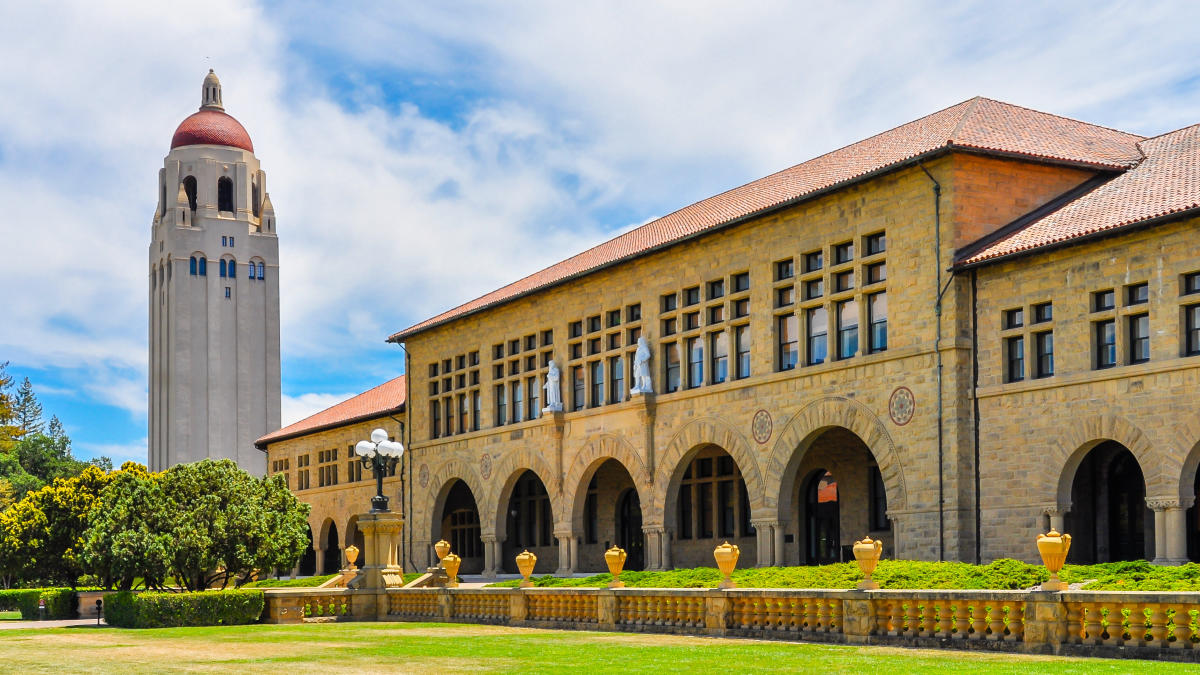Introduction
Nestled in the heart of Silicon Valley, Stanford University stands as a beacon of academic excellence and innovation. Founded in 1885 by Leland and Jane Stanford in memory of their only child, the university has grown to become one of the world’s leading research and teaching institutions. With a commitment to fostering a culture of interdisciplinary exploration, Stanford attracts a diverse and talented student body, faculty, and researchers from around the globe.
A Legacy of Innovation
Stanford University’s legacy is deeply intertwined with the spirit of innovation and entrepreneurship. The university’s proximity to Silicon Valley has fostered a unique environment where academic inquiry intersects with real-world application. Many tech giants, including Google, Hewlett-Packard, and Tesla, trace their origins to Stanford’s entrepreneurial ecosystem. The Stanford Technology Ventures Program (STVP) and the Stanford Graduate School of Business (GSB) are pivotal in nurturing the next generation of business leaders and innovators.
Academic Excellence and Research
Stanford University boasts a comprehensive array of academic programs across various disciplines. It offers undergraduate and graduate degrees through seven schools: the School of Humanities and Sciences, the School of Engineering, the School of Medicine, the School of Law, the Graduate School of Business, the School of Earth, Energy & Environmental Sciences, and the School of Education.
The university’s commitment to research is evident in its substantial investment in state-of-the-art facilities and its collaborative approach to addressing global challenges. Stanford’s research centers, such as the Stanford Linear Accelerator Center (SLAC) and the Stanford Neurosciences Institute, are at the forefront of scientific discovery. The institution’s research output contributes significantly to advancements in technology, medicine, and social sciences.
Campus Life and Community
Stanford’s picturesque campus spans over 8,000 acres and includes stunning architecture, expansive green spaces, and world-class facilities. The Stanford campus is not only a hub of academic activity but also a vibrant community where students engage in various extracurricular pursuits. With over 650 student organizations, including clubs focused on arts, sports, politics, and community service, there is something for everyone.
Residential life at Stanford is designed to foster close-knit communities and lifelong friendships. The university’s residential system includes more than 80 housing options, ranging from traditional dormitories to themed houses and apartments. This diverse housing setup promotes a supportive living environment where students can thrive academically and socially.
Admissions and Financial Aid
Stanford University’s admissions process is highly competitive, with a holistic review of each applicant. The university seeks students who demonstrate exceptional academic performance, leadership potential, and a commitment to making a positive impact in their communities. The application process includes standardized test scores, personal essays, letters of recommendation, and extracurricular achievements.
Recognizing the importance of accessibility, Stanford offers generous financial aid packages to ensure that a Stanford education is within reach for students from all financial backgrounds. The university’s financial aid program is need-based, and families with an income below a certain threshold may qualify for full coverage of tuition and other expenses. This commitment to financial aid helps to maintain a diverse and inclusive student body.
Global Impact and Alumni Network
Stanford University’s influence extends well beyond its campus, impacting global issues and contributing to societal progress. The university’s alumni network is a testament to its far-reaching impact, with graduates holding influential positions in various fields such as technology, government, academia, and the arts. Notable alumni include U.S. Supreme Court Justices, Nobel laureates, and entrepreneurs who have made significant contributions to their respective industries.
The Stanford alumni network provides a robust support system for graduates, offering opportunities for professional development, networking, and mentorship. This extensive network fosters collaboration and knowledge sharing, further enhancing Stanford’s global presence and influence.
Conclusion
Stanford University represents a blend of tradition and innovation, offering a dynamic environment where academic excellence meets real-world impact. Its commitment to research, entrepreneurial spirit, and supportive community make it a distinguished institution that continues to shape the future of education and society. As it moves forward, Stanford remains dedicated to nurturing leaders and thinkers who will address the challenges of tomorrow and contribute to the betterment of the world.

